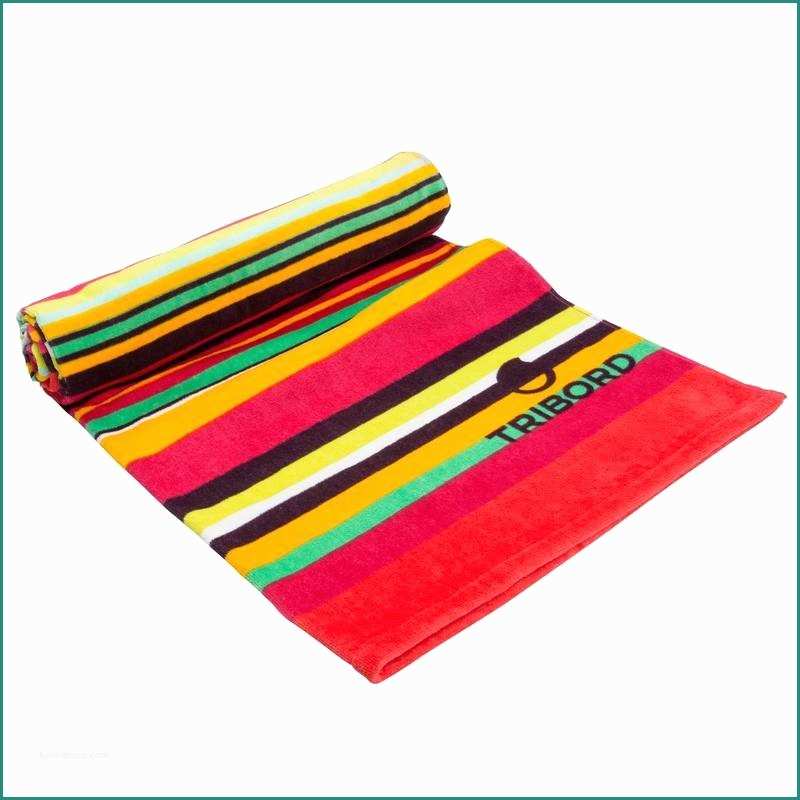



In the selected cases, signaling, history, clinical signs, results of laboratory exams, endoscopic and ultrasonographic evaluation, and the technique used for foreign body removal were evaluated.ĭogs with hemorrhagic discharge consequent to a penile foreign body represented 2% of the entire population considered. The aim of this retrospective study was to describe the diagnosis and therapy involving migration from the preputial ostium or penile urethra of a foreign body (awn grass) embedded in the connective tissue surrounding the penis, or in deeper inguinal tissues, in dogs with hematuria or preputial hemorrhagic discharge. Hematuria, or preputial hemorrhagic discharge, is an extremely common clinical sign it can be associated with a wide range of diseases, including, even if only rarely, penile foreign bodies.


 0 kommentar(er)
0 kommentar(er)
